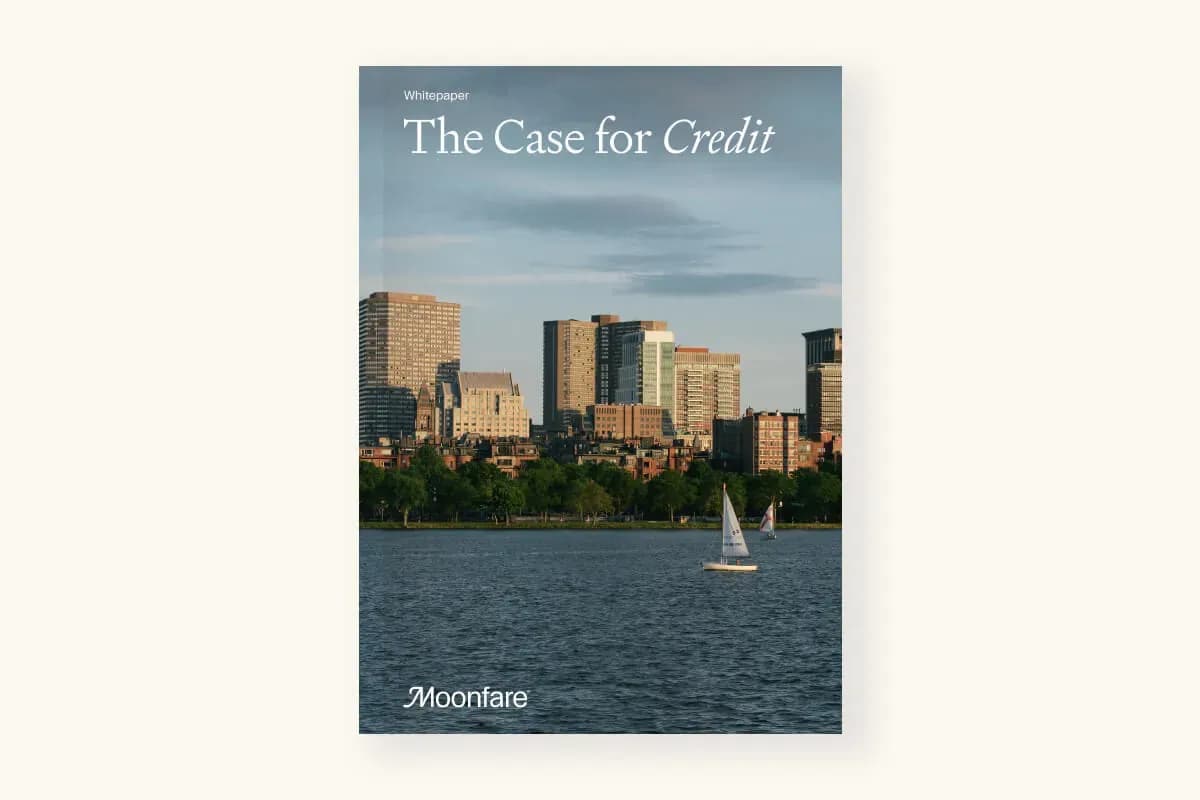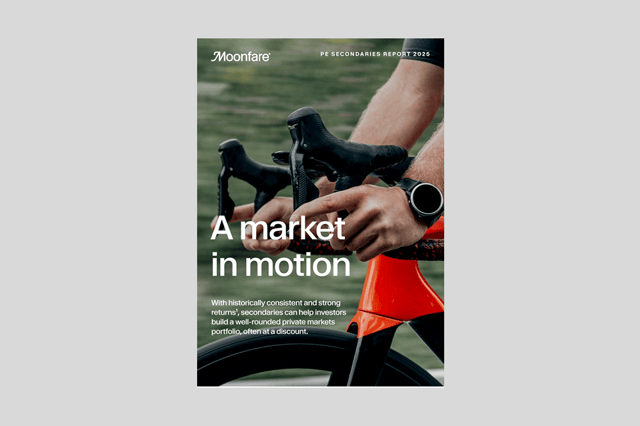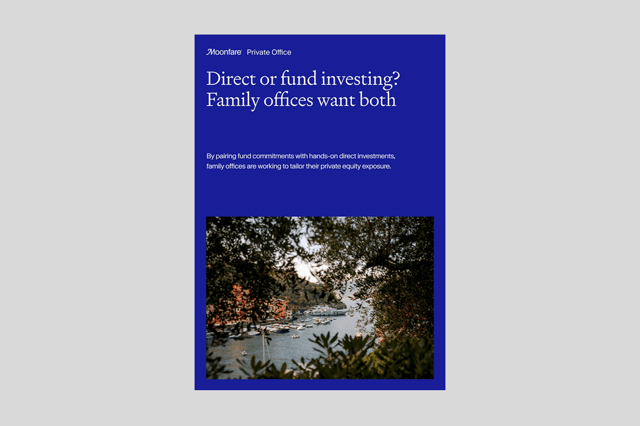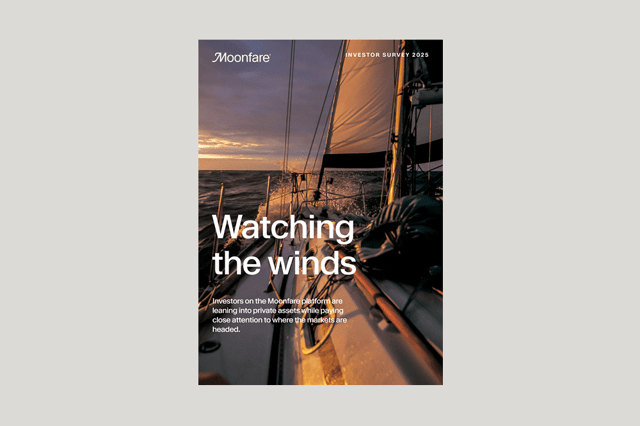
White paper
The Case for Private Credit
October 21, 2020
12 pages | 12
12
About the report
The rise of private credit assets under management is by no means unexplained: as an asset class, it encompasses a wide spectrum of risk and return as well as capital appreciation and yield generation profiles. In the white paper, we explore the many compelling attributes of private credit, the third-largest asset class in the alternatives space, and how it can be added to a mature portfolio.
Key highlights
- Why has private debt grown in the last decade? The growth of the asset class mainly comes down to the 2008-2009 global financial crisis. Sweeping regulatory changes that were applied in the aftermath of the market turmoil required that the banks were no longer able to hold the same levels of exposure on their balance sheets.
- Different forms of private debt and risk spectrum There is a wide-range of strategies that fall under the umbrella of private debt, including direct lending, specialty lending and credit opportunities, mezzanine and distressed. An expected net return range can be attributed to each of these strategies, relative to the amount of risk being taken.
- How to incorporate private debt into a portfolio? Private debt can be a good addition to a mature portfolio inclusive of private equity for its lower volatility, diversification benefits, downside protection offered through the attractive risk-return profile and income generating abilities of the asset class.
More white papers

Private equity secondaries in 2025: market in motion

Direct or fund investing? Family offices want both

How can semi-liquids improve PE portfolios

AI investing in 2025: Key trends driving the market

Moonfare Investor Survey 2025: Watching the winds

How can family offices seize the opportunity of the Great Wealth Transfer
